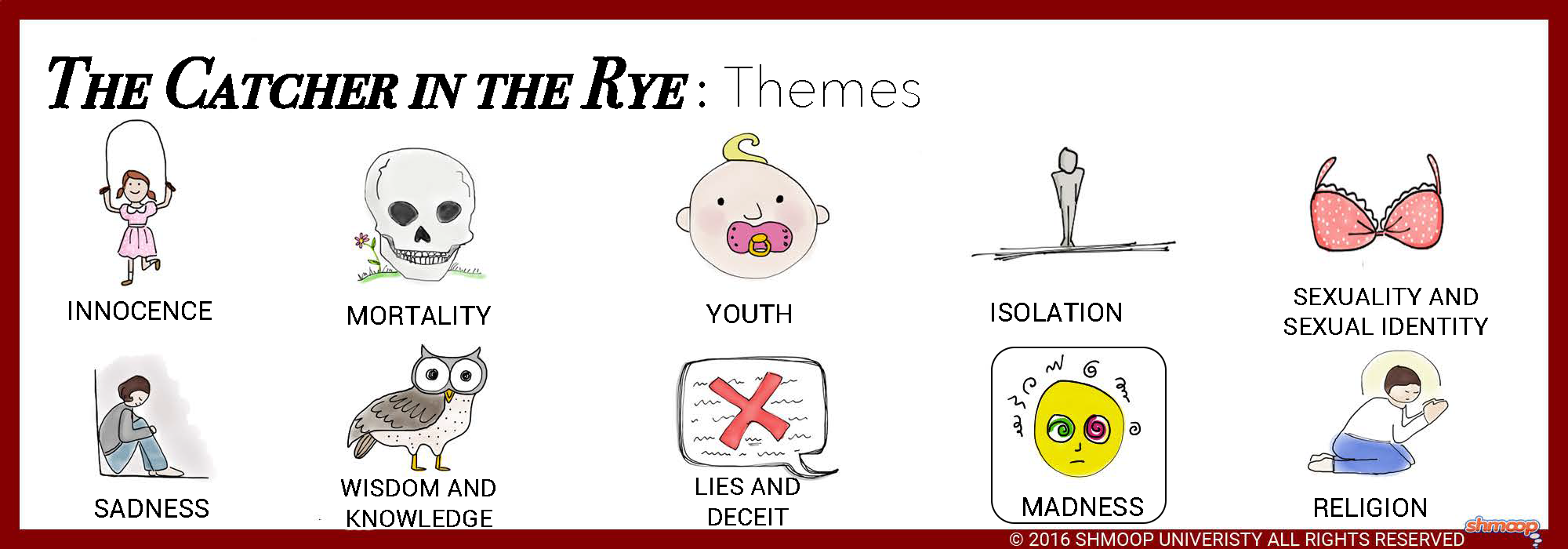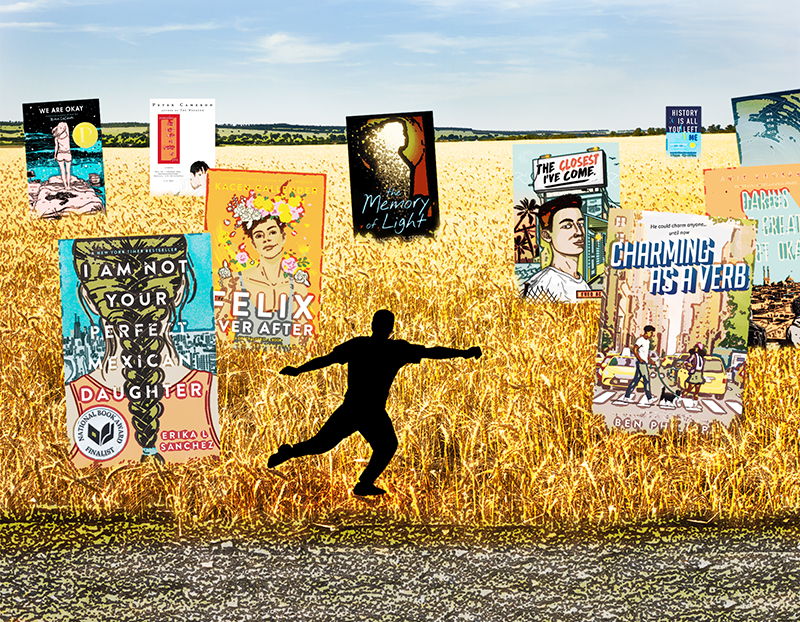The Catcher in the Rye, written by J.D. Salinger, is considered a classic for several reasons. Its timeless themes, relatable protagonist, and distinctive narrative style have captivated readers for decades.
Why Is The Catcher In The Rye A Classic?

J.D. Salinger’s iconic novel, “The Catcher in the Rye,” was published in 1951 and has maintained its place as a prominent part of academic curricula throughout the years. Teachers have cherished teaching this book due to its enduring relatability and innovative narrative approach at the time.
The protagonist, Holden Caulfield’s conversational, sarcastic tone, and judgmental perspective have resonated with countless generations, capturing the essence of teenage angst. Expelled from his boarding school, wandering New York City, and eventually confronting his parents, Holden’s story has captivated young readers for its depiction of alienation and introspection.
Personally, I felt connected to Holden’s character during my teenage years. His whiny, self-critical nature, coupled with his disdain for phoniness, struck a chord with me. As I paged through my well-loved copy of “Catcher,” I found my past underlinings, revealing how much I related to Holden’s mixture of hatred and nostalgia.
He exuded a sense of longing for understanding and even contemplated morbid thoughts like envisioning his tombstone with an expletive or volunteering to sit atop an atomic bomb. Holden could be seen as the original “emo edgelord,” but in reality, he is just one of many characters in young adult literature who grapple with complex emotions and anxieties.
Despite Holden’s privilege and affluent background, his struggles with loneliness, mental health issues, grief, and the quest for identity strike a chord with many teenagers. However, as we revisit classics like “Catcher,” we must also recognize that contemporary young adult literature has thrived, offering a diverse array of characters and experiences that reflect the growing pains of today’s teenagers.
Challenging the prominence of classics like “Catcher” doesn’t mean disregarding its value, but rather making space for other texts and voices that speak to the diverse experiences of today’s youth. By expanding the literary canon, we center and amplify a broad range of voices, fostering a more inclusive and representative reading experience for all.
Why is The Catcher in the Rye so famous?

J. D. Salinger’s renowned novel, “The Catcher in the Rye” (1951), holds a prominent place in American education, recounting the disillusioned journey of sixteen-year-old Holden Caulfield as he leaves yet another unsatisfactory school and embarks on a sleep-deprived odyssey through New York City.
Despite its implicit criticism of the American educational system, teachers readily embrace and assign this novel due to its remarkable appeal, even to those it might seem to offend.
Throughout the story, Holden encounters individuals he perceives as “phonies,” conforming to artificial conventions while masking self-interest behind a facade of amiability. Yet, the novel fosters solidarity with the protagonist, prompting many readers to identify with Holden, feeling different from the shallow world around them. Since its publication in 1951, “The Catcher in the Rye” has resonated as a poignant expression of alienation for several generations of adolescent readers and adults who find themselves at odds with societal norms and institutions.
Salinger continues a longstanding tradition of quixotic individualism found in American literature, with many authors depicting society as intrinsically corrupting. Holden Caulfield is frequently compared to the character of Huck Finn, sharing both precocity and naivety. Both are worldly tricksters who resort to lying for self-preservation but are deeply sensitive and appalled by the cruelty and decadence they observe.
They seek refuge in freedom and innocence, resisting adult efforts to shape them according to societal standards. Their vernacular style sets them apart from conventional English, with Salinger’s writing even echoing Twain’s influence in certain passages.
The motif of intense loneliness leading to thoughts of suicide is present in both characters, suggesting their yearning to escape the restrictive, corrupting influence of civilization and find a sense of community or intimacy that eludes them in the prevailing social order.
Is The Catcher and the Rye a classic?

Although “The Catcher in the Rye” gained some initial notoriety, it took time for its status as a classic to be recognized and embraced by the literati—the knowledgeable individuals who hold expertise in discerning what constitutes great literature.
What is the main message of The Catcher in the Rye?

“The primary theme of ‘The Catcher in the Rye’ revolves around the loss of innocence, with Holden’s aspiration to be the metaphorical ‘catcher in the rye,’ rescuing children from the precipice of adulthood. Observing Phoebe’s childlike joy on the carousel, Holden is overwhelmed with happiness and nearly moved to tears.
By taking her to the zoo, he allows her to maintain her innocence, successfully embodying the role of the ‘catcher in the rye.’ However, in this poignant moment, Holden also comes to accept that he cannot save everyone, acknowledging that some must experience life’s challenges without interference.
Holden’s name bears significance as well, with ‘Holden’ hinting at ‘hold on,’ while ‘Caulfield’ can be seen as ‘caul’ and ‘field.’ He yearns to ‘hold on’ to the protective covering of innocence (‘caul’) that envelops the field of innocence (the realm he wishes to preserve for children). In a world he perceives as filled with ‘phonies,’ Holden desperately clings to the values of truth and innocence. Salinger confessed in an interview that the novel held semi-autobiographical elements.”
Why was The Catcher in the Rye revolutionary?
J.D. Salinger’s “The Catcher in the Rye” played a pivotal role in giving voice to the growing discontent in American popular culture. Through its use of everyday teenage slang, the novel highlighted the significance of first-person narratives. Experts and renowned authors delve into this phenomenon, focusing on Holden Caulfield, an iconic teenage character in literature. By doing so, they unveil the timeless essence of Holden and the revolutionary nature of “The Catcher in the Rye.”
